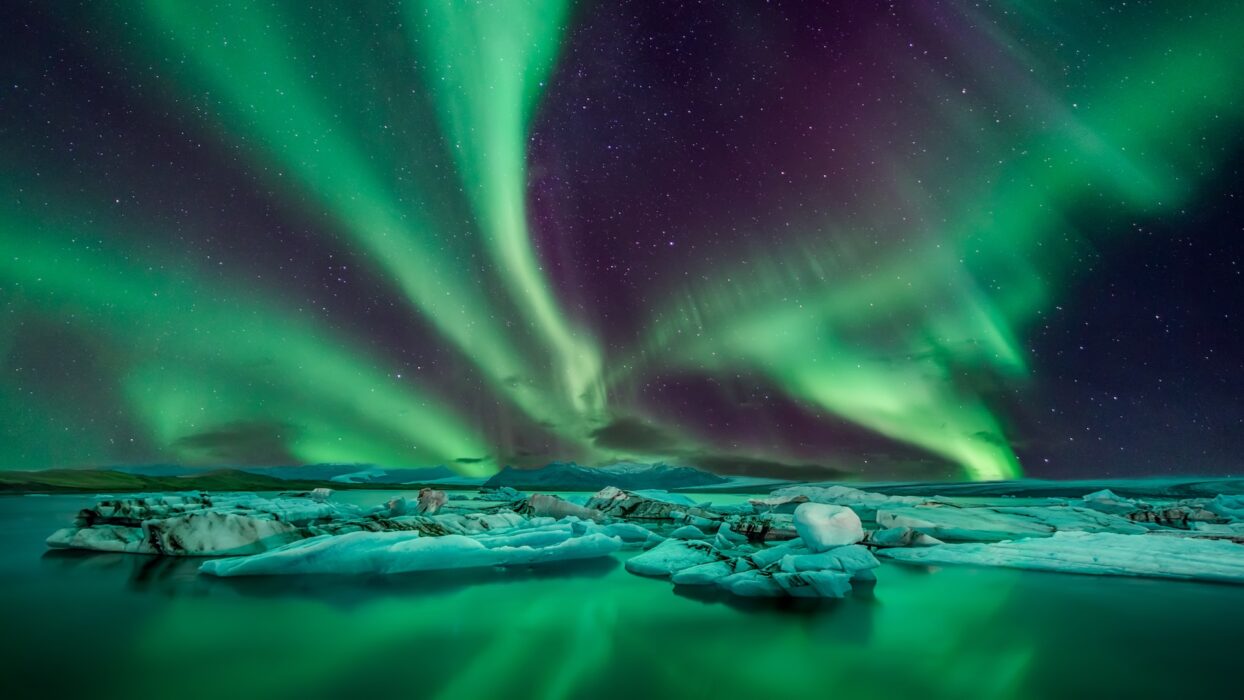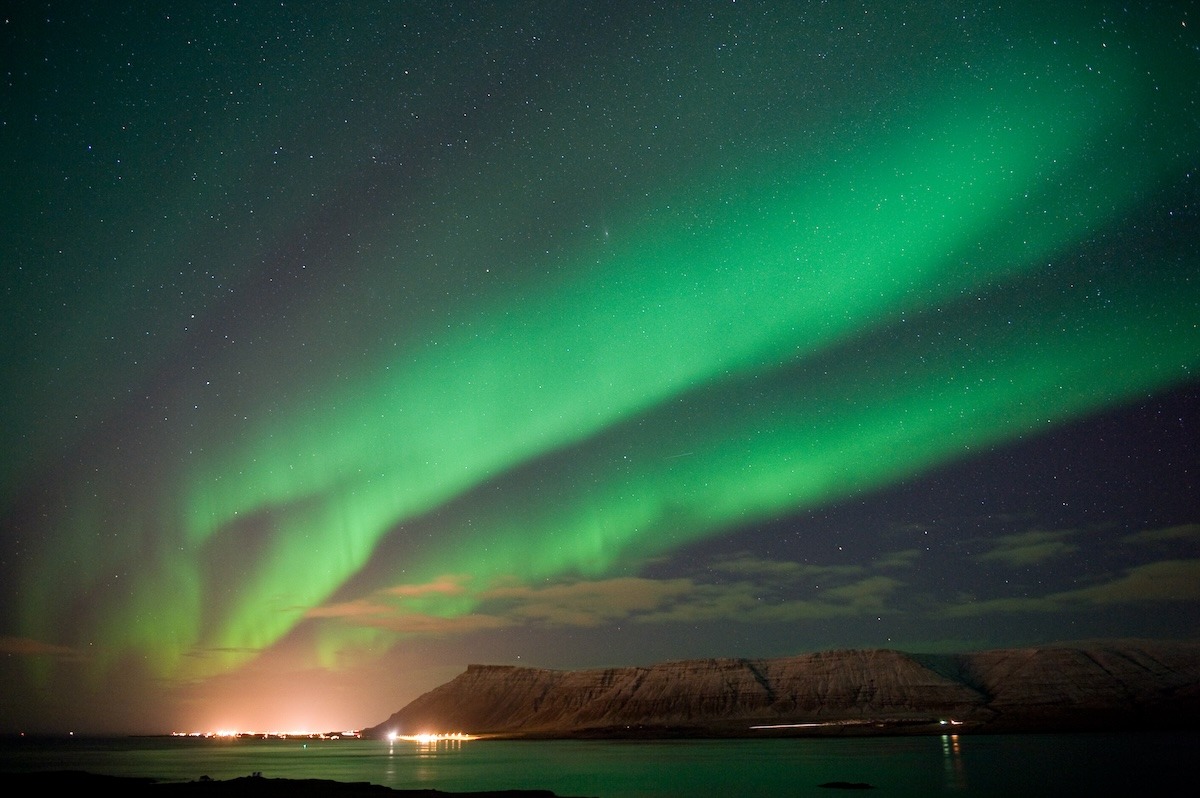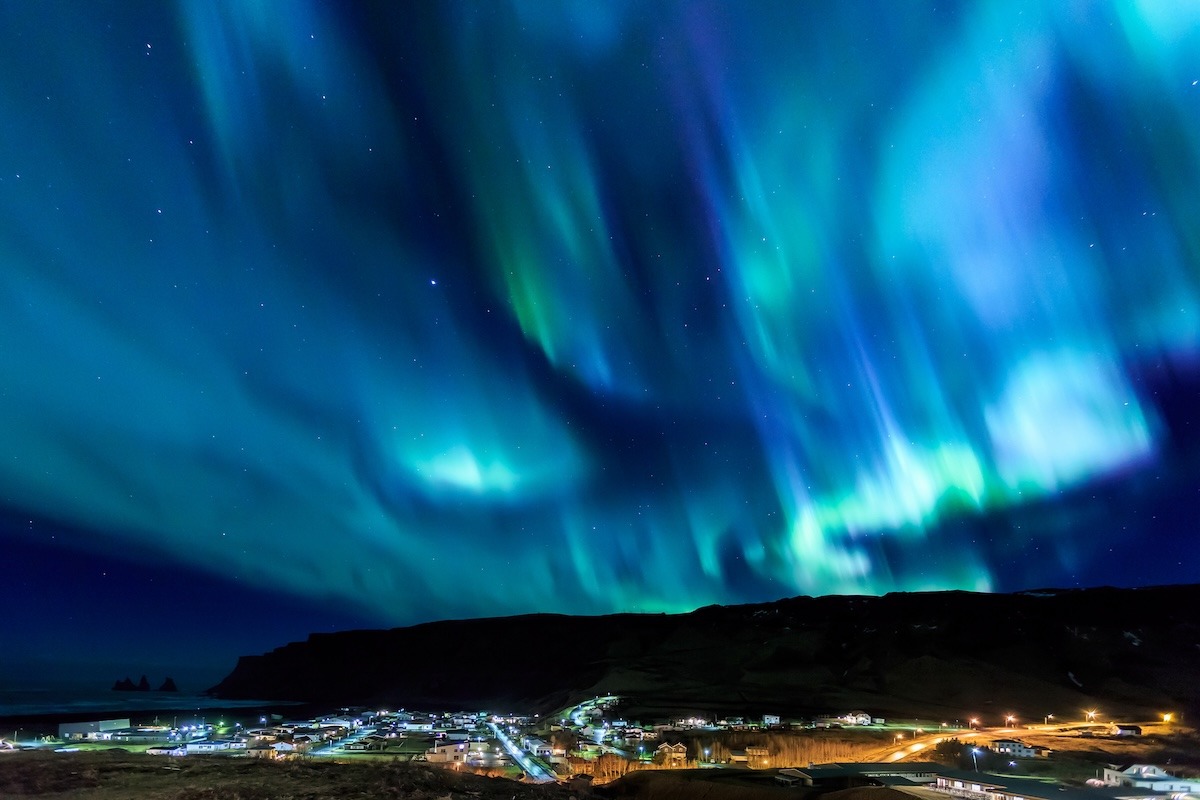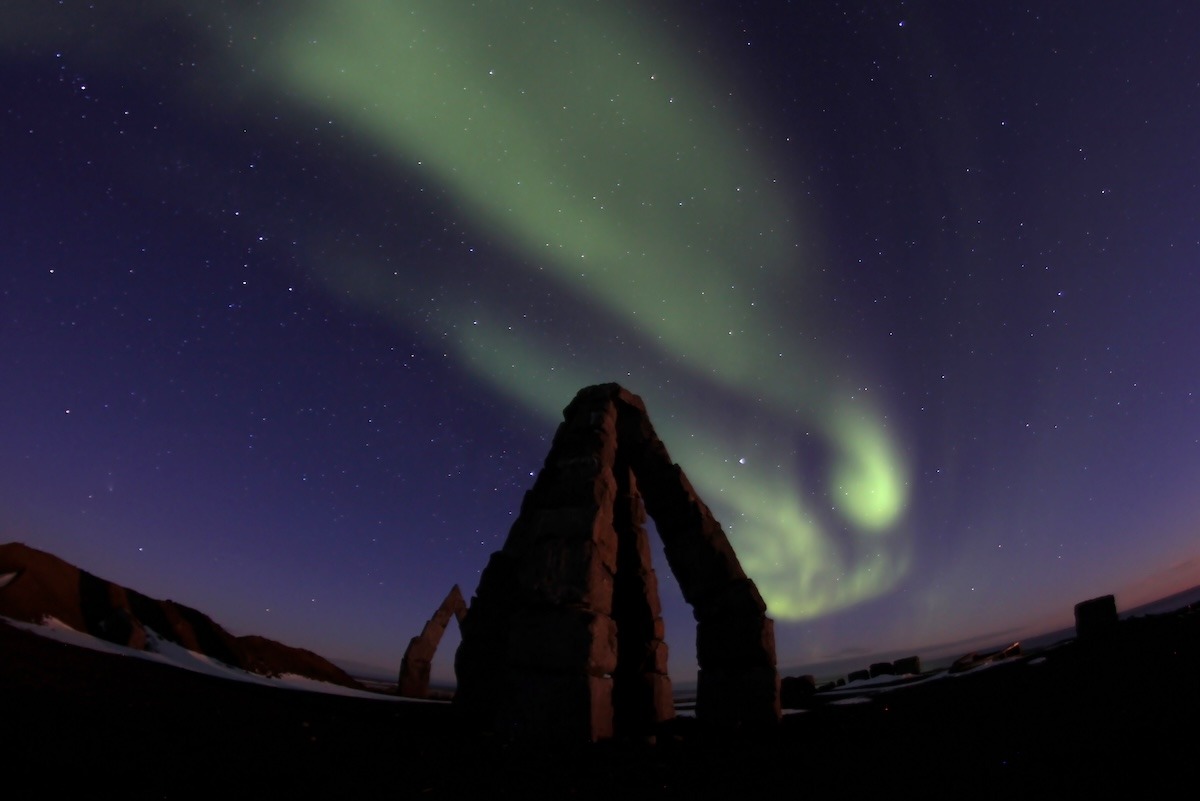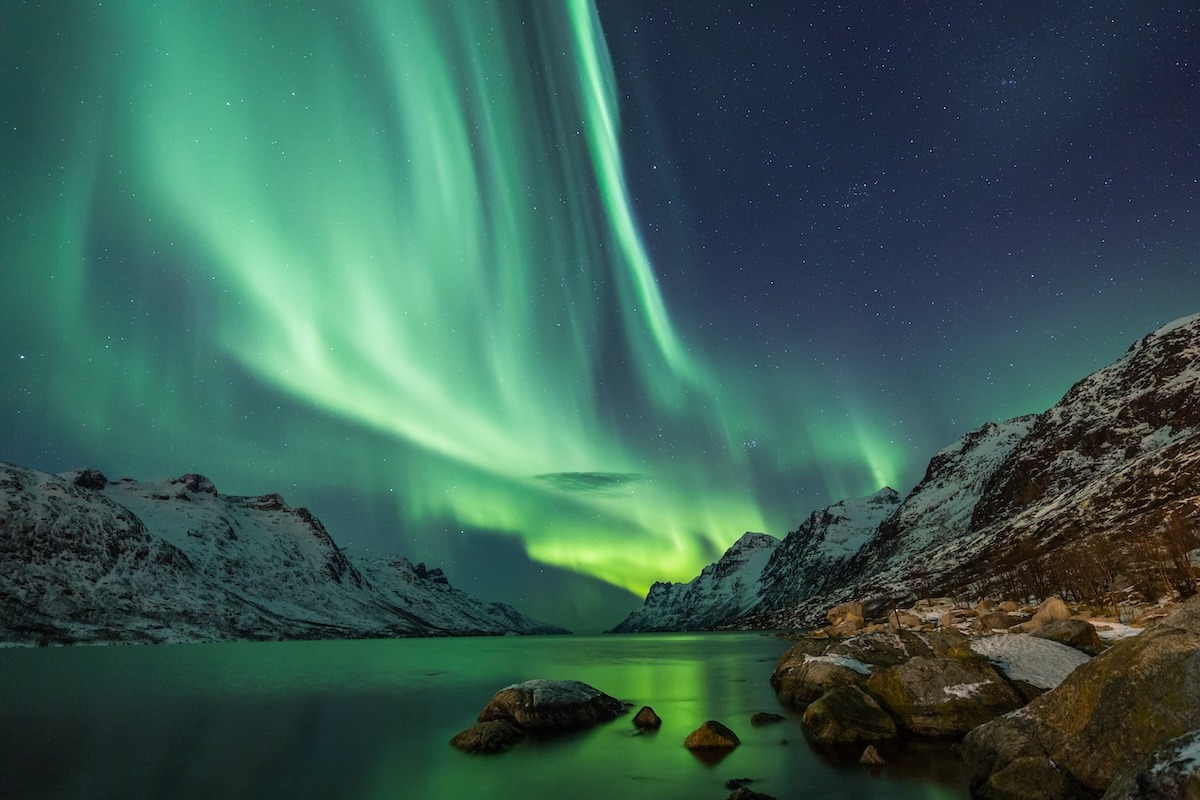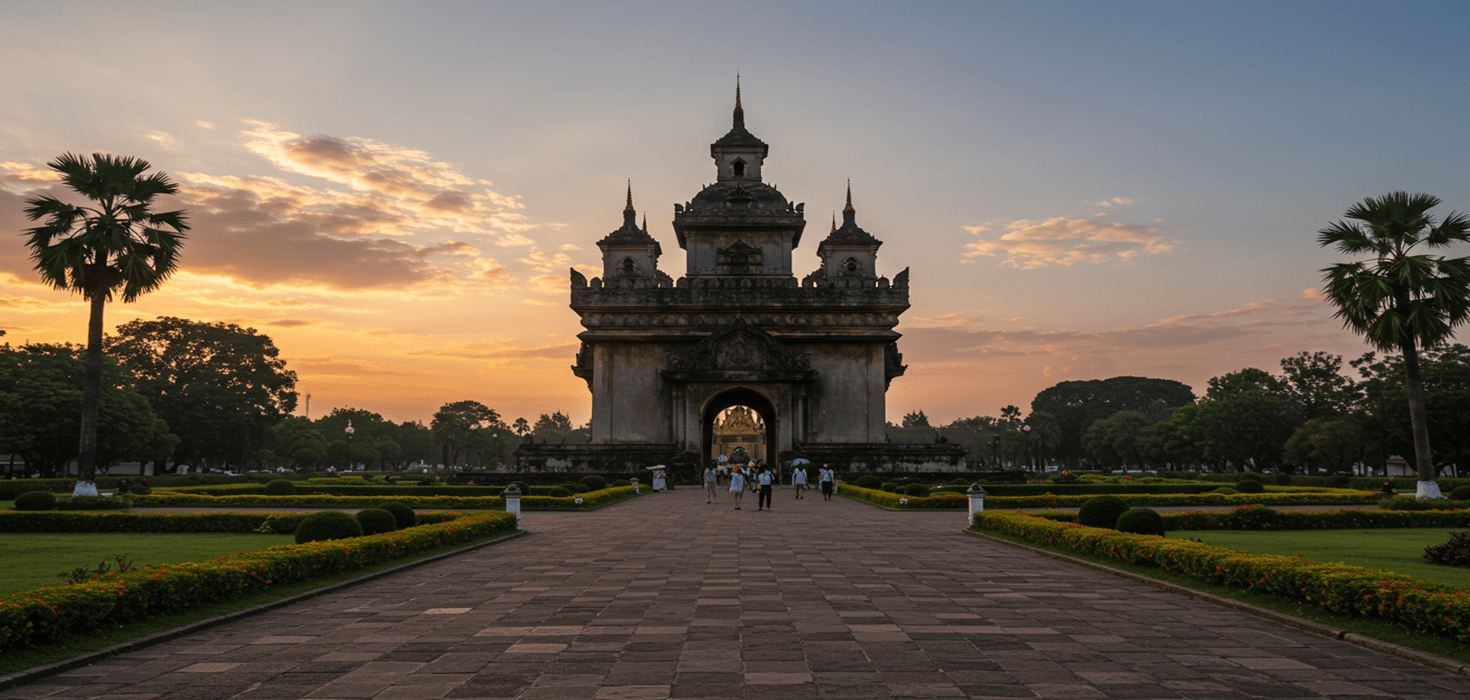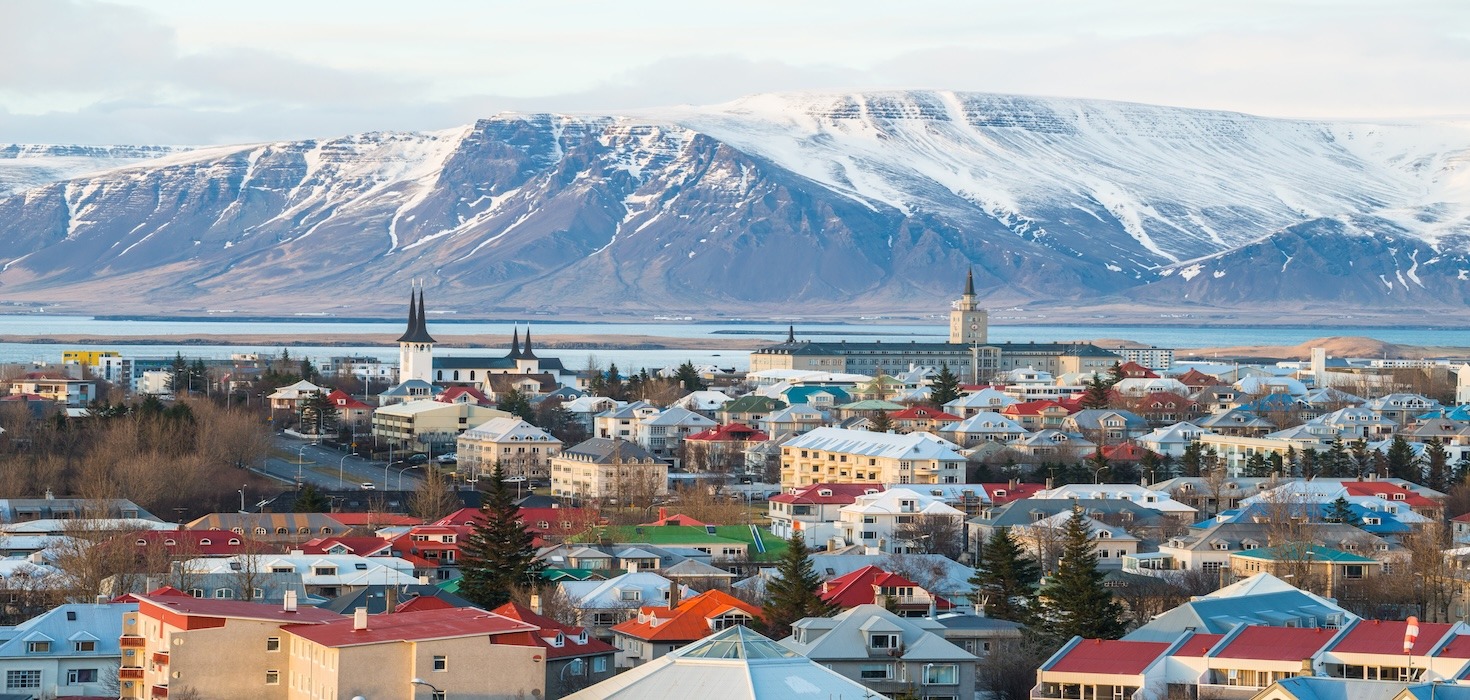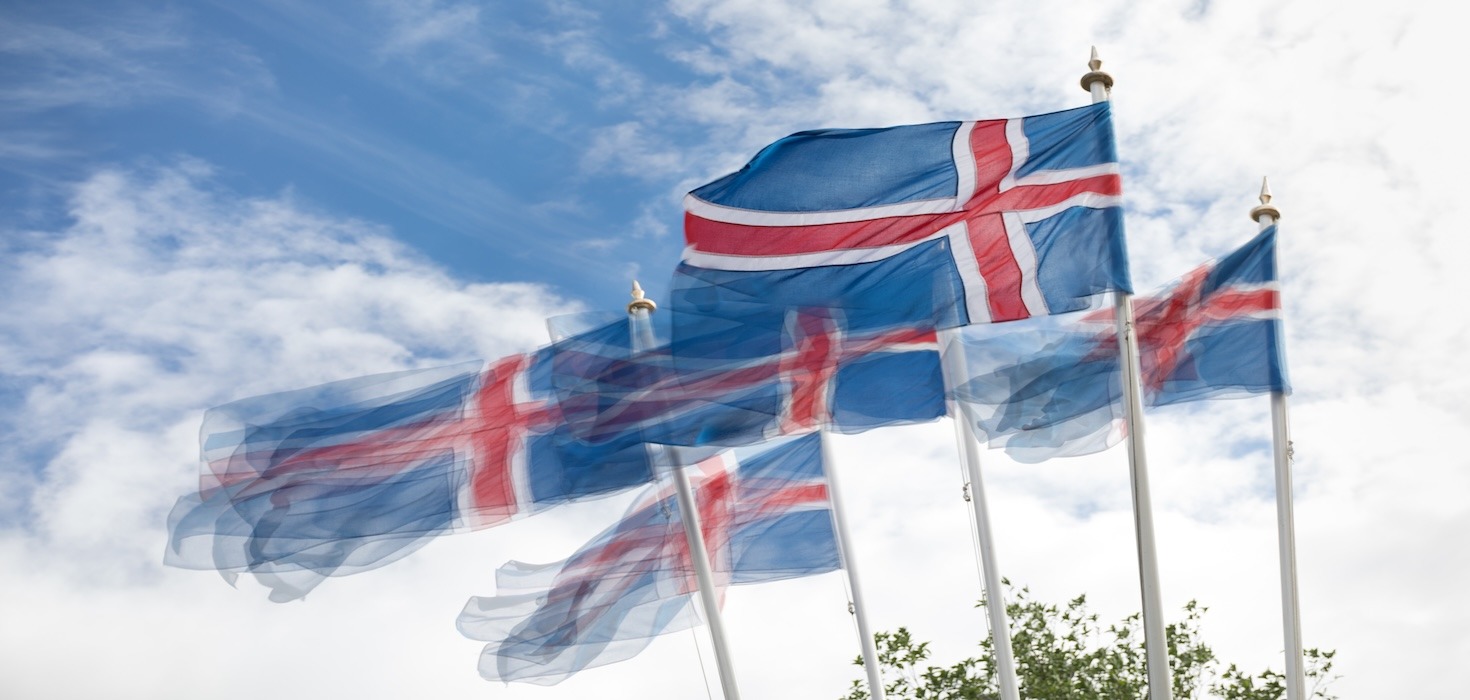The allure of the Aurora Borealis, or Northern Lights, has always been a source of magic and mystery. These celestial dances of light, swirling in the night sky, have captivated the human imagination for millennia. Iceland, with its ethereal landscapes and strategic location just below the Arctic Circle, stands as one of the premier destinations to witness this natural spectacle. In this travel guide, we’ll delve into the best places and times to observe the Northern Lights in Iceland for the year 2024, ensuring that your journey to see the aurora is as unforgettable as the lights themselves.
Best Time to Witness the Aurora in Iceland
Timing is everything when it comes to aurora hunting. The best time to see the Northern Lights in Iceland is from late September to early April. During these months, the nights are at their longest and darkest, providing a perfect canvas for the lights to paint upon. Though they can be visible any time from dusk to dawn, the peak viewing hours are typically around midnight when the sky is darkest, and the solar activity reaches its height.
Prime Locations for Aurora Sightings
Iceland is dotted with numerous locales offering prime viewing conditions. Away from the light pollution of cities, these sanctuaries of darkness provide unobstructed views of the aurora-filled heavens:
- Reykjavik Vicinity: While the capital city does produce some light pollution, nearby spots like Þingvellir National Park offer dark skies only an hour’s drive away.
- Jokulsarlon Glacier Lagoon: With crystal-clear icebergs as the backdrop, this lagoon in the southeast offers a theatrical stage for the lights.
- Vik: The South Coast’s cliffs and black sand beaches create dramatic silhouettes against the color-streaked sky.
- Westfjords: Remote and sparsely populated, this region offers dark skies perfect for witnessing the Northern Lights spectacle.
While these spots are accessible, always remember that weather conditions in Iceland can change rapidly, and it’s vital to check the local aurora and weather forecasts before heading out.
Preparing for Your Aurora Adventure
Before setting out on your nocturnal quest, preparing adequately can make the difference between a memorable experience and a missed opportunity. As Icelandic weather can be unpredictable, layering up is key. Wear waterproof outerwear, insulated boots, and thermal underlayers to ensure warmth and comfort. Besides clothing, a thermos with a hot drink can be a comforting companion during your wait for the aurora to appear.
Photographing the Northern Lights is a bucket-list item for many, so bring along a camera capable of long exposures, and don’t forget a sturdy tripod to combat the wind. Aurora forecast apps and websites are invaluable tools to predict the likelihood of sightings, so check these regularly. Remember, patience is vital; the aurora can be elusive, but the wait only heightens the anticipation.
Day-By-Day Itinerary for a Week of Northern Lights in Iceland
A week-long trip provides ample opportunity to chase the Northern Lights across different regions of Iceland. Here’s a suggested itinerary that balances aurora hunting with daytime explorations:
- Day 1: Arrival in Reykjavik, evening at leisure to explore the city.
- Day 2: Golden Circle tour during the day, night-time aurora hunt.
- Day 3: Travel to Vik, witnessing the South Coast’s waterfalls and black sand beaches, aurora viewing on the beach.
- Day 4: Journey to Jokulsarlon Glacier Lagoon, glacier hike by day, aurora watching by night.
- Day 5: Explore the Snaefellsnes Peninsula, home to Kirkjufell mountain, and evening aurora seeking.
- Day 6: Relax in the geothermal waters of the Blue Lagoon, with a hopeful aurora display above.
- Day 7: Return to Reykjavik for any last-minute sightseeing, overnight aurora chase if conditions allow.
Between your aurora adventures, don’t miss soaking in the rich Viking history, indulging in Icelandic cuisine, and visiting geothermal spas. These activities exemplify Iceland’s blend of culture and nature.
Local Tips for Maximizing Aurora Sightings
Locals often have the best insights for spotting the Northern Lights. Many suggest staying flexible with your schedule, as clear skies can suddenly appear. They recommend seeking locations with minimal artificial light and emphasizing the importance of giving your eyes time to adjust to the darkness. Local guides can also be an invaluable resource, not only for finding the best viewing spots but also for understanding the science and folklore behind the aurora.
In communities like Vik and Hof, guesthouse owners and residents often share updates on aurora forecasts and might even knock on your door if the lights become visible. Connecting with these locals enriches your travel experience with personal touches that are as memorable as the aurora itself.
Sustainability and the Ethereal Northern Lights
In a world where travel often leaves a carbon footprint, viewing the Northern Lights in Iceland can be an act of responsible tourism. Many local operators champion sustainable practices, with tours designed to minimize environmental impact. As a traveler, you can contribute by choosing eco-friendly accommodations, respecting wildlife guidelines, and leaving no trace at viewing sites. In this way, your quest for the aurora becomes part of Iceland’s commitment to conservation, ensuring that future generations can also witness the spectacular dance of the Northern Lights.
As your Icelandic adventure draws to a close, whether you’ve captured the Northern Lights with your camera, or simply held them in your gaze, the experience is sure to linger long in your memory. There’s something undeniably moving about standing under the vast Arctic sky, waiting for nature to unveil its nocturnal masterpiece. Iceland’s Northern Lights are not just a celestial phenomenon; they’re a reminder of our connection to this incredible planet and the mysteries that lie beyond our understanding. And as you take one last look at the sky, you’ll realize that sometimes, the most beautiful things in life are those we cannot predict, but simply have to await with hope in our hearts.

